No trip to Argentina would be complete without a pilgrimage to Evita – the woman who changed Argentina forever.

A large part of my childhood was spent working in the West End (London) production of Evita. From the age of 7, I played one of 5 children in the show, and like the family Von Trapp, the story of Evita made a significant impact on my life.
Our hotel was near the Recoleta cemetery where Evita is now buried. We crossed the small park near our hotel, over to the cemetery gates.


The Recoleta cemetery is like few others… The wealthy and powerful of Argentina are all interned here, in an astonishingly wide range of ornate and huge family plots.

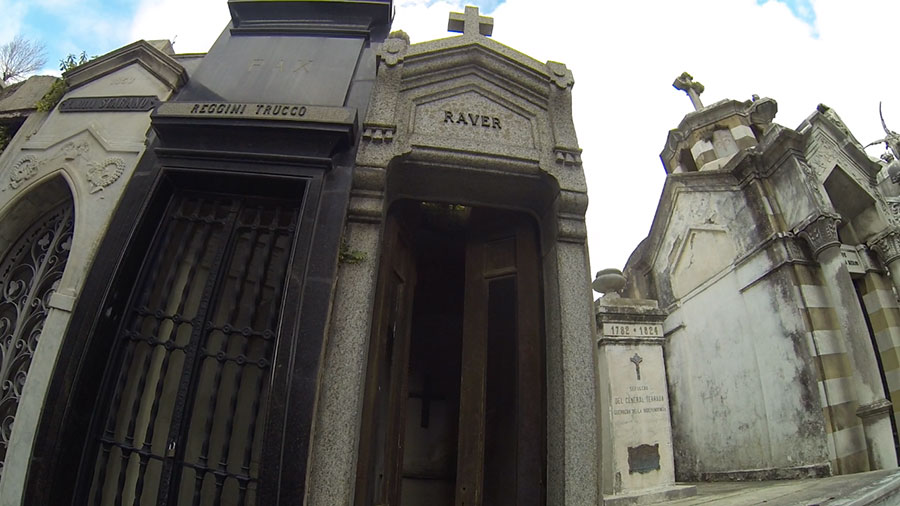


Each one is unique, like small homes for the dearly departed – many go several floors underground.

Sadly, many have been abandoned by their families, or perhaps the last surviving members have passed on. Consequently some are in poor condition – dusty coffins clearly visible through broken windows, open to the elements.

Overall it is well taken care of though, and clearly respected – no graffiti, very little trash. Acutally it’s still an active cemetery.
After a few minutes we found the row where the Duarte family tomb (Evita’s father’s family) was located.
A small crowd had gathered…
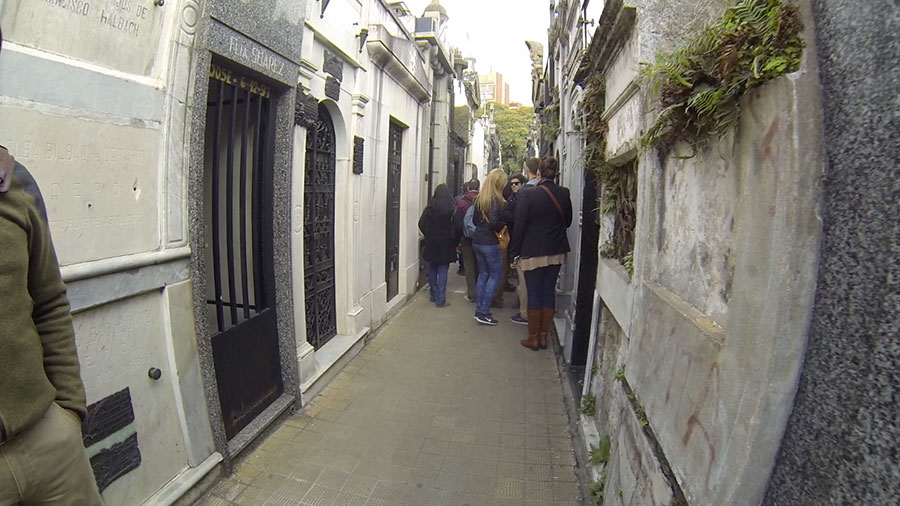

I had read it was low key, but it still came as a surprise to see it surrounded by other tombs, in a small alley, no different really from any others. A few lone plaques, that if you walked past them you wouldn’t notice. Indeed we walked right past it the first time, before a crowd gathered and gave its location away.


We waited to pay our respects… a tour group passed through. It was an emotional moment – so many were affected by her life, including in a small way my own.


The story of how Evita’s body came to rest at Recoleta is as astonishing as her life. Her body was lost for two decades (actually hidden by the military after her death, far away in Italy). Before her body got to Italy it had been attacked by those who despised her popularity.
In 1973, her husband and former President Juan Peron, was reinstated as President, almost 20 years after a coupe d’etat. Her body was returned to him, first in Madrid where he was in exile, and then later to Argentina. So profound was Evita’s effect on people, Peron’s subsequent wife Isabel, helped clean her embalmed body, and allowed it to be put on display in their Madrid home.
After Peron’s death in 1974, his wife Isabel (who became President herself) oversaw Evita’s body being transferred to the Duarte family tomb at Recoleta Cemetery – where we found ourselves today.
Moved to learn more… we slowly left the cemetery, and made the long walk to the Evita Museum.
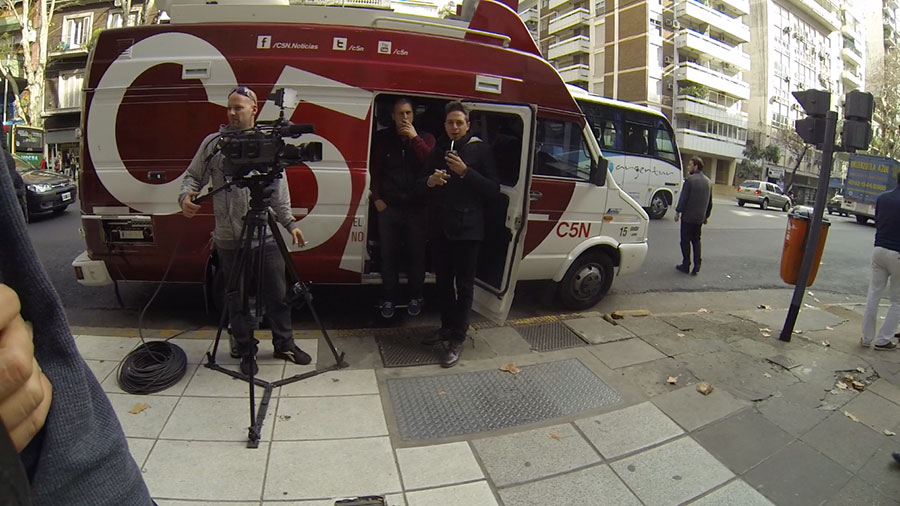


The Evita Museum (Museo Evita) is housed in a former orphanage set up by Evita to help single mothers and the poor. The museum is actively run by her family and grand-niece.

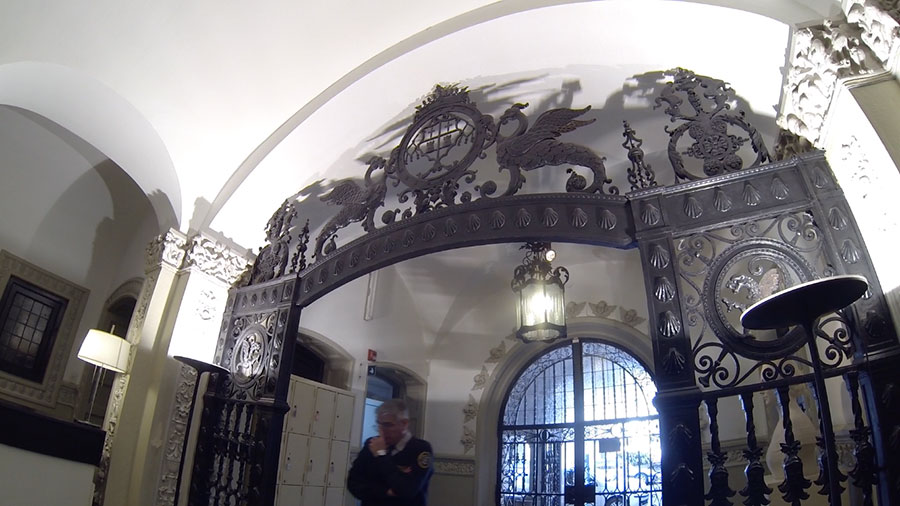
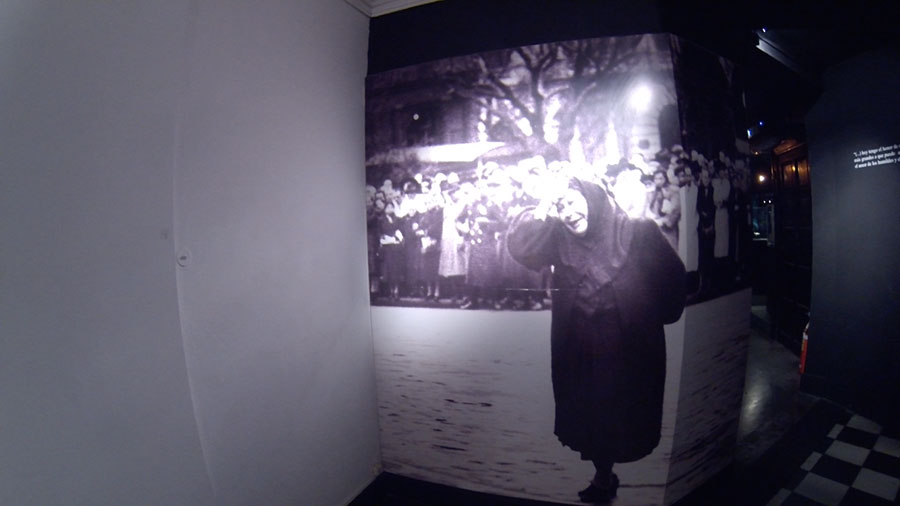
At the time of Evita’s funeral in 1952, three million people filled the streets of Buenos Aires to say goodbye to her. Evita was only 33 years old, but in her short life had risen from the poorest of backgrounds, to have (first) a successful career as an actress, and then later as a virtual saint of the people, and the President’s wife. She became more powerful than her husband, the spiritual leader of Argentina, beloved by the poor and descamisados (shirtless-ones).

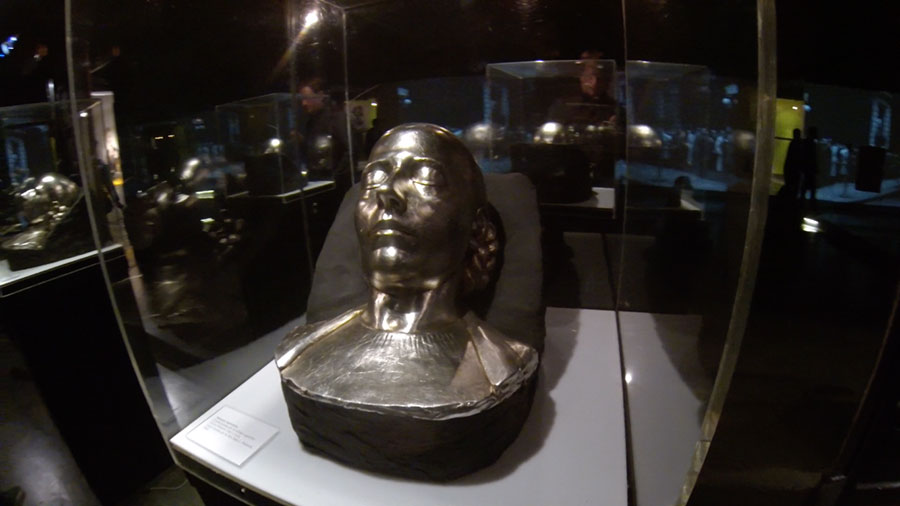
The museum takes you on a journey beginning with her childhood.
Evita’s sister Erminda, who helped set up the museum, describes her memories of childhood with Evita in detail. (Erminda died sadly in 2012, the last of her siblings… amazing to think Evita could still be alive today).

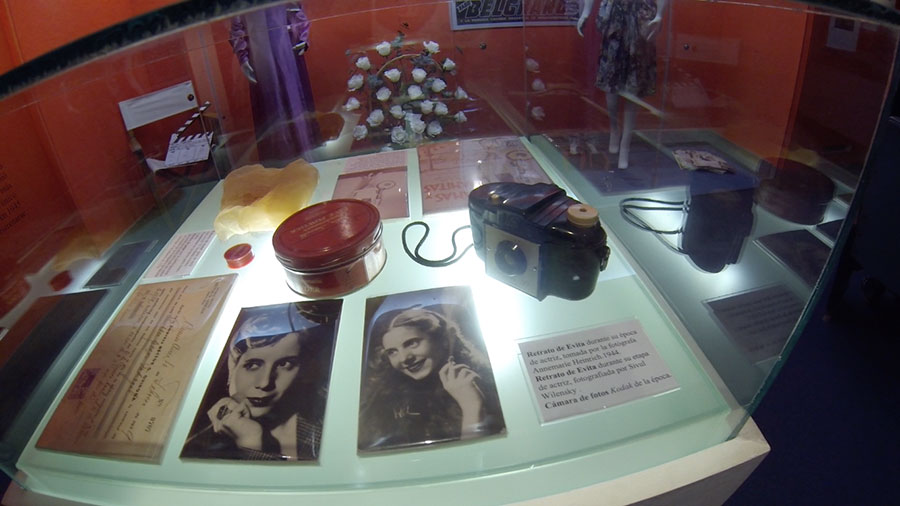

Following the route laid out through the building, at one point you walk up some stairs into a large room – which instantly feels profound…

On the wall is a large picture from the time when it was an orphanage. This ‘great room’ was where so many children, thanks to Evita, played with their mums and other kids.


There’s a picture too (not shown) of Evita in the same room (standing where I am in the picture above).
And lots of other pictures and memorabilia…
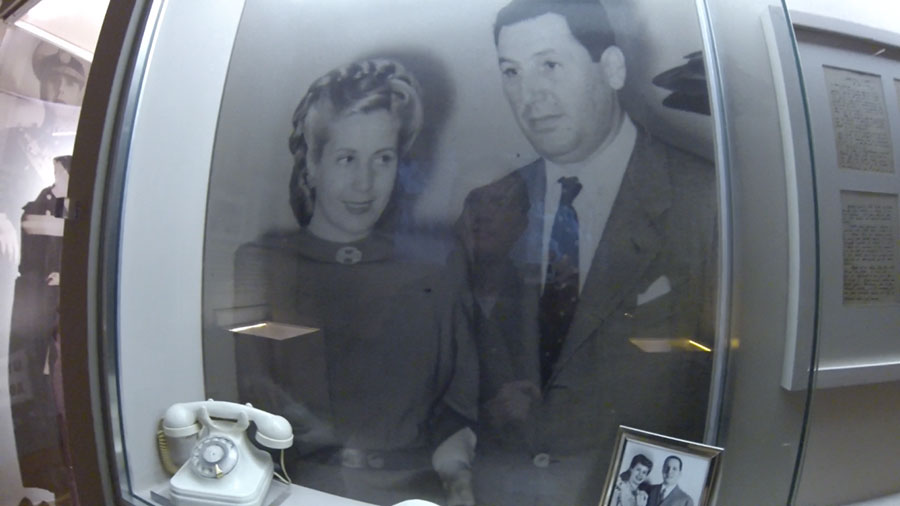


The museum is lovely, and small enough that you can take it in, including watching the various videos, in an hour. Most of it is in English too, and it feels very personal, clearly run with love by Evita’s great-niece, who we thought we saw coming to pay a visit at one point.
We said our goodbyes to Evita and Juan…

Outside again and moved by our experience, it was time to return to the present, and a very different reality…

There was the imminent matter of the (soon to be legendary) Brazil v Germany game. Little did we know as we took a taxi to a Brazilian Bar elsewhere in the city… what lay in the game ahead.



Boteco do Brasil was packed… lots of TV crews, all doing live feeds, clearly the place to be in Buenos Aires to watch the Brazil game. We were lucky to get in and find a perch.

It started with hope…
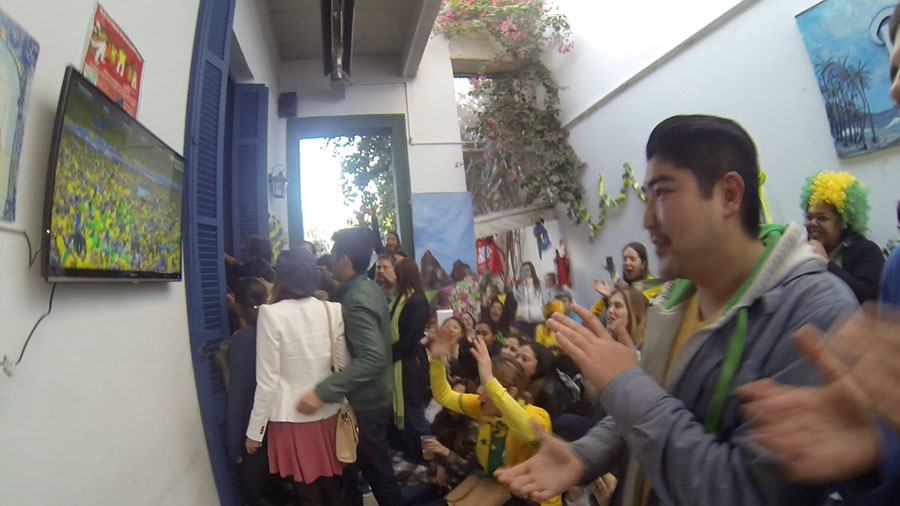
… which soon turned to disbelief…

… and ultimately ‘ironic celebration’ – as Brazil scored their only goal of the 7-1 defeat.

At one point, near the end of the first half, the bar turned off the sound for the game, and put music on instead. It became a party which carried on long after the game had ended. The Brazilians here at least were amazingly unfazed, and remarkably good spirited about it.
Eli (against my advice) had been supporting Germany throughout, and had a whale of a time!

Sem and I, who had not been supporting Germany, had our own reason to celebrate back at the hotel – a business thing – and raised a small cheer…

A roller-coaster of a day!